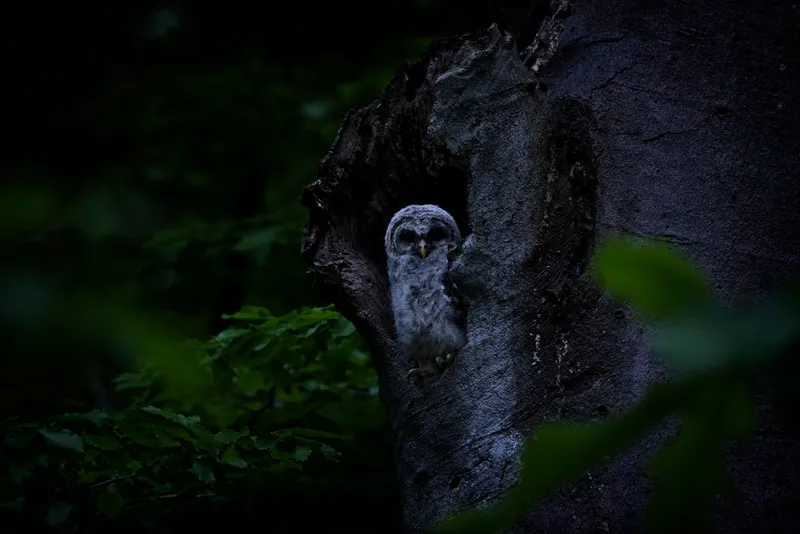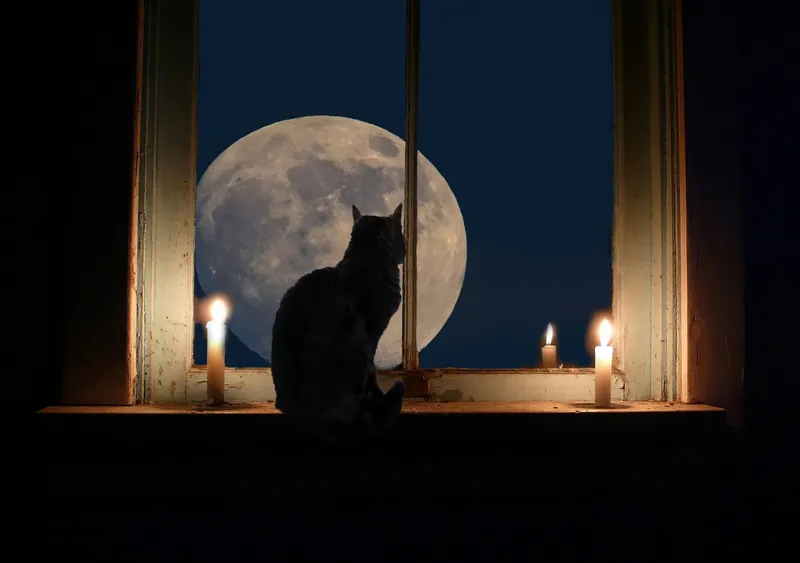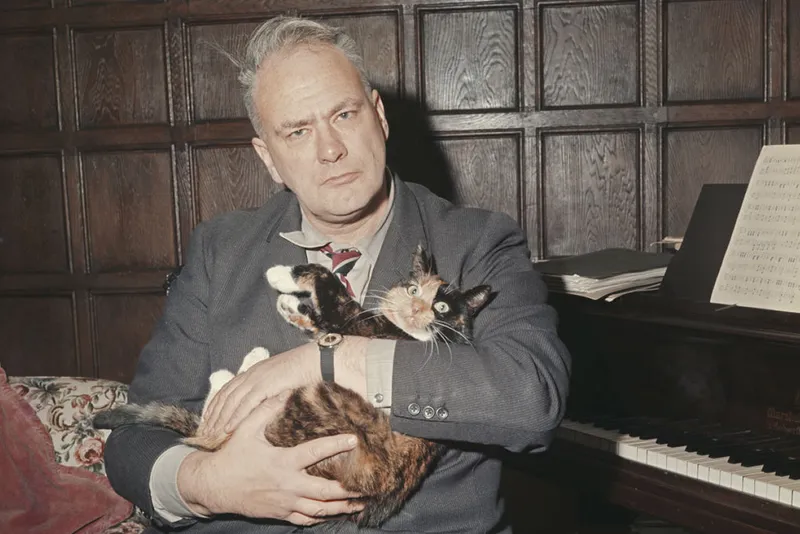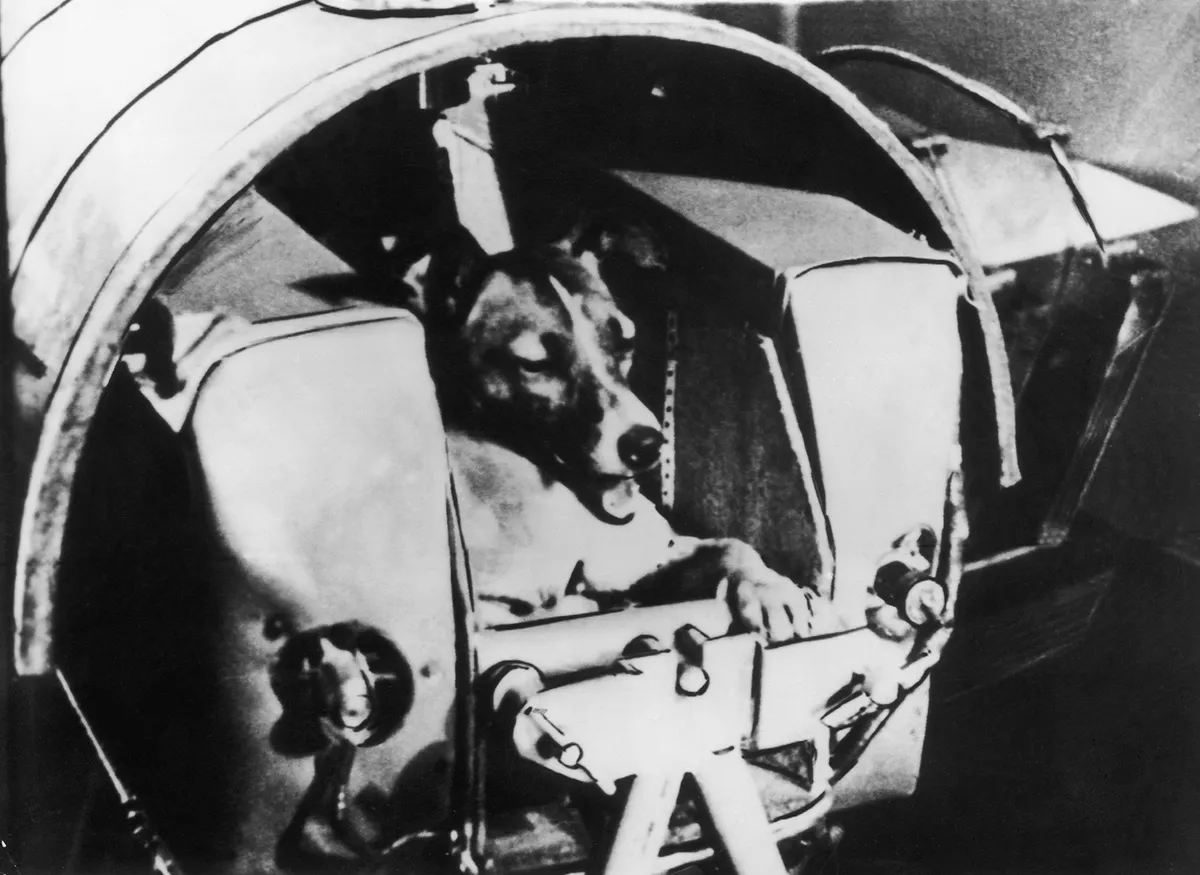Some of us revel in the solitude of darkness and the accompanying silence when observing the night sky, as we connect in our own special way with the Universe.
But, aside from the odd twitching curtain or the unwelcome dazzling headlights of a neighbour returning home late, we astronomers know we’re not the only ones enjoying the tranquillity.
With dark adaptation sharpening night vision and a more finely tuned sense of hearing in the silence, one becomes aware of nature’s nightlife around us, and the owls, bats, rodents and foxes who are using the hours of darkness to conduct their nocturnal business.
Discover our favourite cosmic cats, nebulae that look like animals and a history of animals in space.

While wild animals aren’t overly bothered with what we astronomers are up to, our pets generally are, and two main players present themselves as possible after-dusk partners.
Firstly there’s the faithful dog, who may take an interest in proceedings for a time, until this wanes when the prospect of something cosy and potentially edible inside the house proves too much a temptation.
With an offering of some parting words such as, “I’ll leave you to it then!” the dog will duly toddle off inside.

Then there’s the cat who, after probably watching rather nonchalantly from a distance, will eventually decide to investigate what one of its ‘staff’ could be possibly doing at this time of night.
In stealth mode, the cat will gently engage with a nudge against the lower leg.
Then, with some customary meowing, which loosely translates as, “It’s me, the cat, you may make a fuss,” like a drill sergeant the cat will duly undertake an inspection.
If the astronomer is of a nervous disposition when the cat first rubs against the lower leg, there is a flustered attempt not to bang any part of the body on the telescope or accompanying equipment (the first priorities lie with not disturbing the object being viewed in the eyepiece).
Throughout history the lives of the cat and their science-based owners intertwine, physicist Nikola Tesla’s cat Macak and Einstein’s cat Tiger to name but two.

American astronomer Edwin Hubble’s cat Nicolas Copernicus was often found sprawling across astronomical charts, and then there was Austrian physicist Erwin Schrödinger and his cat – or possibly not!
Sir Patrick Moore cared for two cats in his boyhood years, Ginger and Ptolemy, then later Jeannie and another Ptolemy.
Astrophysicist and musician Brian May immortalised the passing of Pixie, his childhood cat, in the song ‘All Dead, All Dead’ on Queen’s 1977 album News of the World.

Granted, and for the sake of balance, an elk and a parrot also jostle their way into the science arena, along with Dolly the Sheep.
And let us not forget the pooch completely: Russian physiologist Ivan Pavlov had his salivating dogs; Laika was the first dog to orbit Earth; and there was Marjorie, the diabetic dog who helped isolate insulin.
Dogs are the doers of this world while cats are the thinkers, or should that be schemers and plotters?
Overall however, which would appear to be top dog? Well, in this astronomer’s world, it’s the cat.
Which do you think make the best stargazing companions, cats or dogs? Let us know by emailing contactus@skyatnightmagazine.com.
This article appeared in the August 2021 issue of BBC Sky at Night Magazine.
